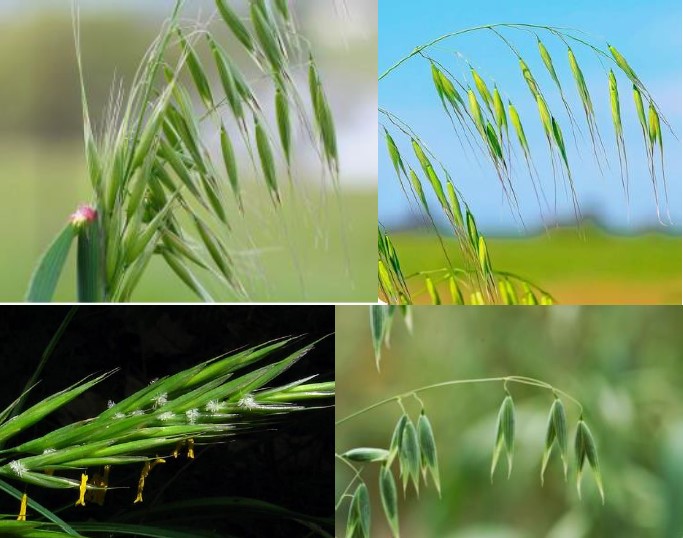

| Shadow tendency | Wholeness |
|---|---|
| Definite Character | follows pre-destined course of life |
| Very talented | Accepts inner guidance/intuition |
| Usually ambitious | Ability to recognise one’s potential and develop it to the fullest possible |
| Delay in finding their life’s purpose makes them despondent and dissatisfaction | Has clear ideas and ambitions, and will not allow oneself to be deflected |
| Tendency of drifting into uncongenial environments and occupations | Able to ace many things and do complete many tasks successfully while doing them simultaneously at times |
| Increased sense of frustration | Feels useful to other people |
| Clueless | Happy lifestyle |
| Usually richly gifted | Assists peers to pick path in life |
| Want to enjoy life in a rather unconventional way | Has clarity that is clear as a crystal |
| Find it difficult to fit into society | Helps recorrect path in life |
| Don’t like to commit to relationship | “Destiny remedy” |
| Tears down what they build themselves | Really fulfilling life |
| Head is full of odd notions and ideas | Conviction |
| Eternal bachelors at heart | |
| Depressed because they have no ambition and are clueless about what to do with their life | |
| Finds no real satisfaction in anything | |
| Unchanneled talents and abilities | |
| Professional or private life isn’t of the right kind | |
| May have a messy lifestyle | |
| Uncertainty | |
| Tries many things but none of them bring happiness or satisfaction as they want | |
| Restlessness | |
| Directionless | |
| Uncertain | |
| Aimless |
Origin and Specification of the Plant
Binomial Name: Bromus ramosas
Kingdom: Plantae
Family: Poaceae
Genus: Bromus
Species: B. ramosas
Origin: Europe, North-west Africa, South-west Asia
Other names: Hairy brome, Bromopsis ramosa, Zerna ramosa, Bromus asper
Compound contained by the fungi that infects the plant to protect the plant: Peramine
Foliage: Herbaceous
Height: 20cm-50cm
Description: a type of grass that is characterized by its tall, slender and graceful appearance. It has long, thin leaves that are a bright green colour and grow in a clump-like formation. The stem of the Bromus Ramosas is also quite slender and can grow to be several feet tall. At the top of the stem, you will find a cluster of flowers that are a light tan colour and shaped like a spike
Flowering season: July to August
Qualities and preferences: Damp alluvial flooded soils
Areas of Growth: Unimproved hay and water meadows
Bromus Ramosas, commonly known as a hairy brome is one around 170 brome grasses in the genus. It is a bunchgrass and grows in distinct clumps usually in shade. The stems are hairy, particularly towards leaves. The brome grasses are classified in a different genus but within the same subfamily (Pooideae) as the common oat (Avena sativa) and both their genus names are Latin words for oats. Other relations include wheat, barley and rye, which are also part of the same subfamily.
Brome grasses are susceptible to infection by endophytic fungi which live within the grass but do it little or no harm. The fungi do, however, produce chemical compounds to protect themselves and their hosts. One common example is peramine, an alkoid, which acts as a deterrent to insect feeding.
Specification of remedy
Group: Seven helpers
Emotional Group: Uncertainty
Chronic condition: Lack of Direction
Method of extraction: Sun
Dr Bach first prepared the Wild Oat remedy in Sotwell during the year of 1934. We take this remedy when we need help to find our true purpose and right path. In a Wild Oat state we are searching for something meaningful and the failure to find a direction leaves us frustrated and dissatisfied. Wild oat relates to the soul qualities of vocation and purposefulness.
Comparison between other flowers
Scleranthus:
Wild Oat person differs from Scleranthus as the latter always finds decisions difficult to make, and debates even the most trivial of matters. The Wild Oat personality, however are filled with uncertainty when they reach “cross-roads” in their lives, but otherwise are decisive, determined and clear in their thoughts.
The images below show many different aspects of the Wild Oat plant in its various habitats.
